One Pan Polish Breakfast – Farmhouse Breakfast Week 2013
You may have noticed that we’re part way through Farmhouse Breakfast Week (20th-26th January 2013) here in the UK, aiming to…
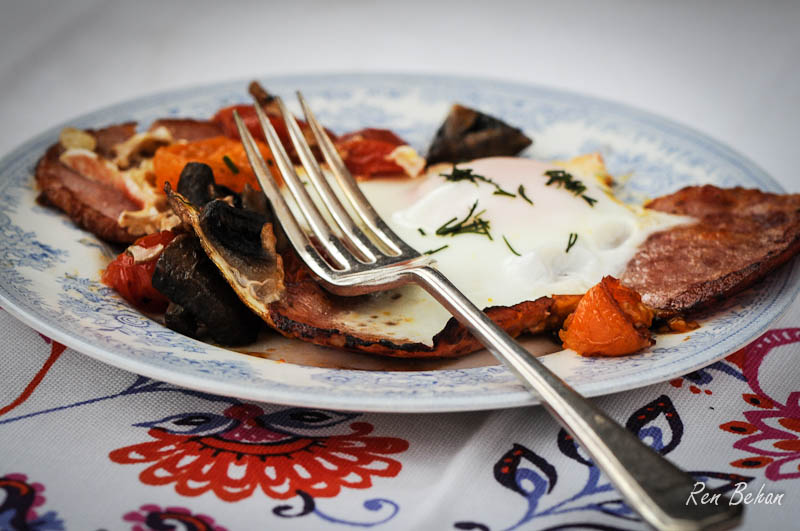
You may have noticed that we’re part way through Farmhouse Breakfast Week (20th-26th January 2013) here in the UK, aiming to…
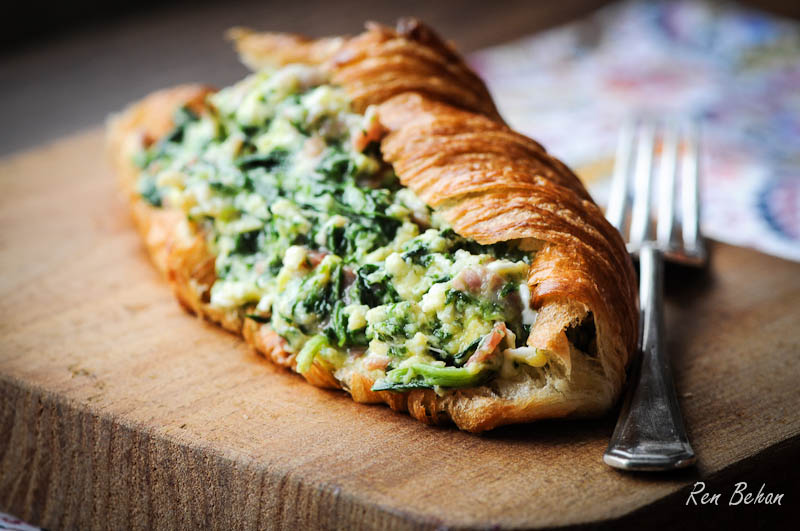
Believe it or not, this breakfast-brunch was not a hangover cure. We have been recovering from the winter flu bug and I’m trying…
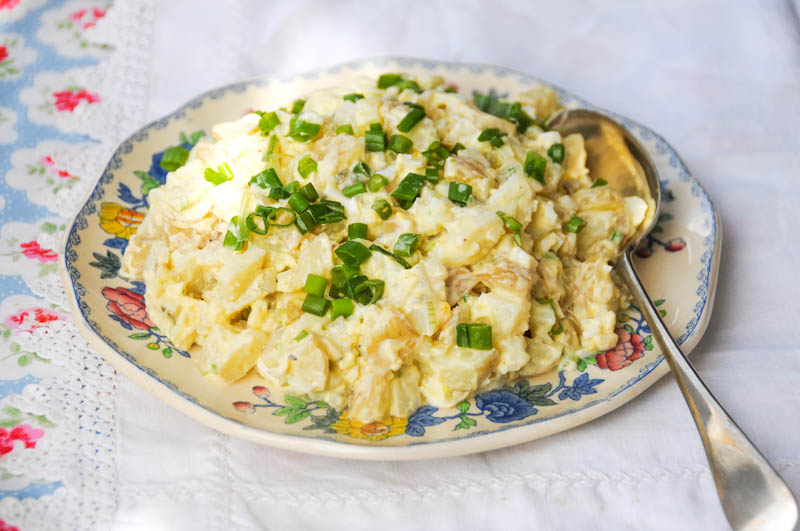
I made my mum’s Polish potato salad the other day. It was one of my favourite salads growing up and it’s perfect…
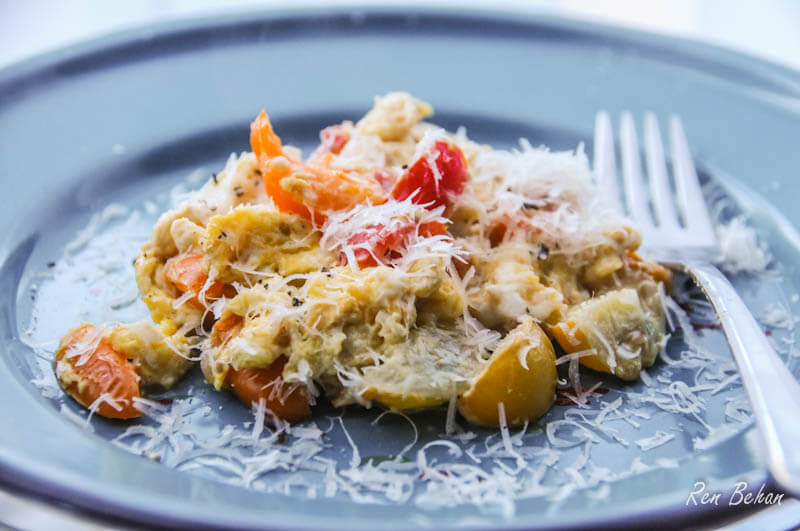
We are always in a hurry on weekday mornings, but as often as possible I try and go for a protein-based breakfast…
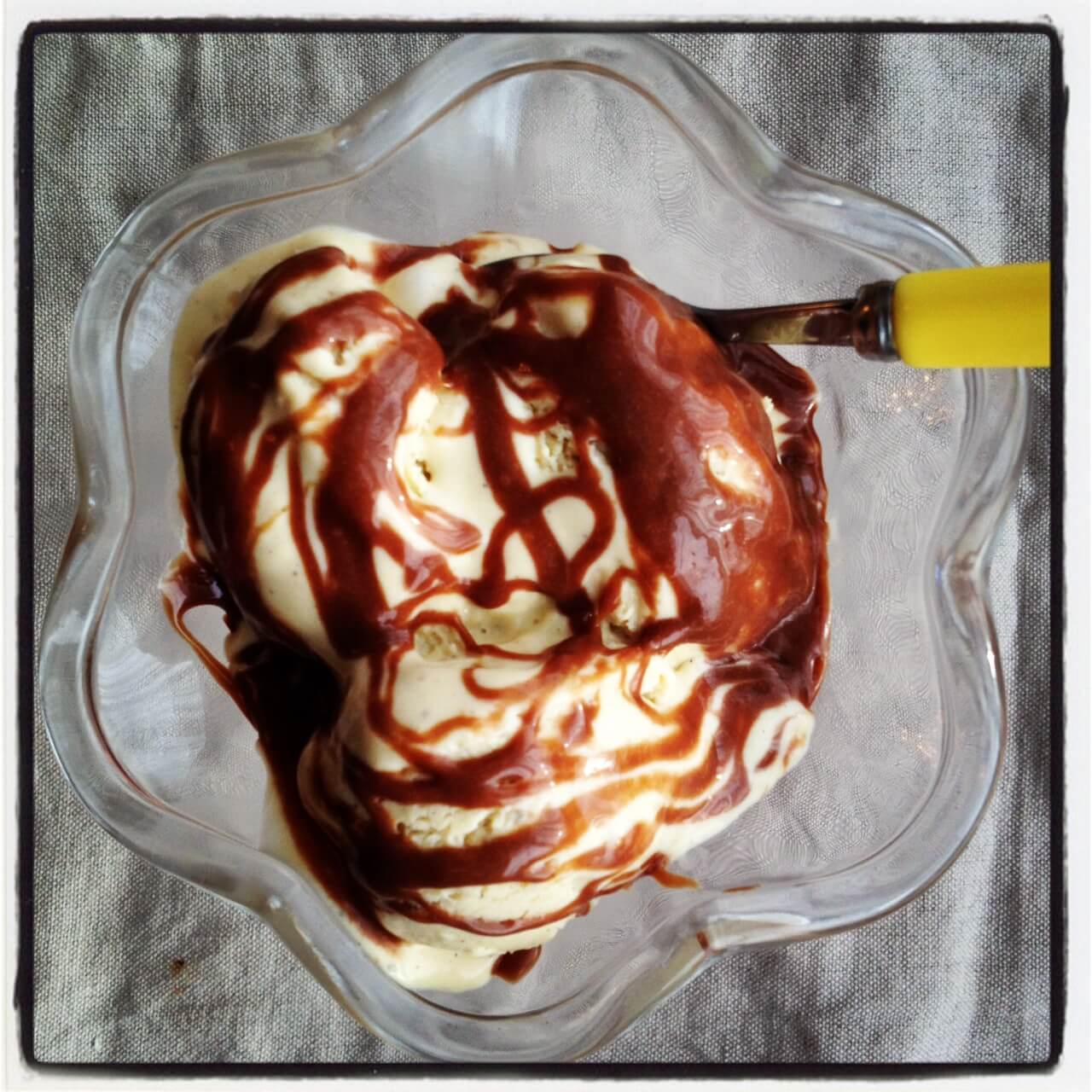
This is really Part Two of the ice cream challenge! Before the weekend, I began by making a malted milk…
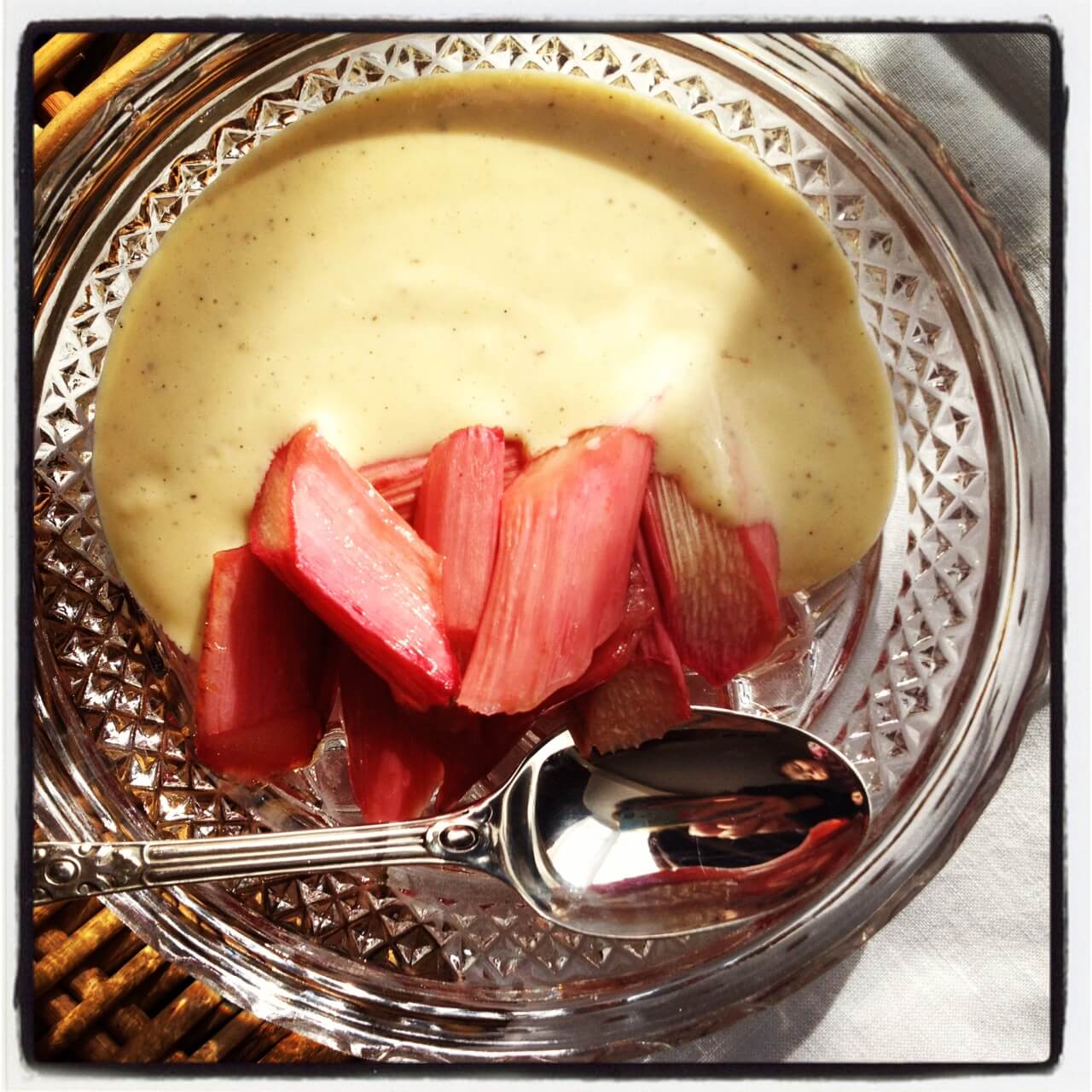
I’ve had something of an experimental morning in the kitchen, realising that I was running out of time to join…
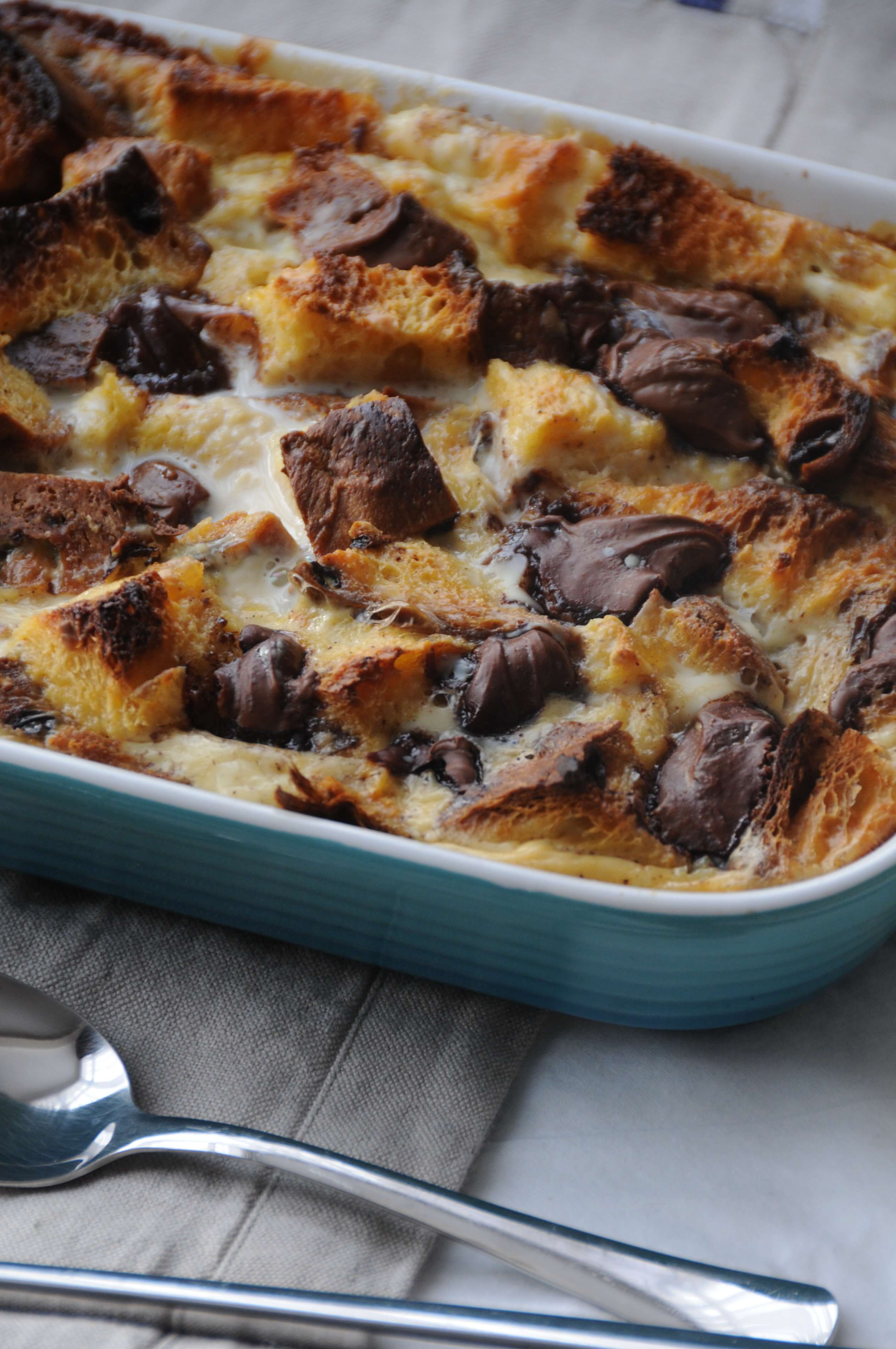
I’m stuck in that very precarious zone of trying to be healthy and good because it’s January and having lots…

Yesterday we had a fabulous guest post and introduction to pressure cooking by Laura from Hip Pressure Cooking. I was particularly…
I don’t often share breakfast posts, usually because we are in too much of a hurry in the mornings, but…
Growing up, Easter was always a time filled with traditional and cultural symbolism. Each year, we would colour and decorate eggs, in Polish…